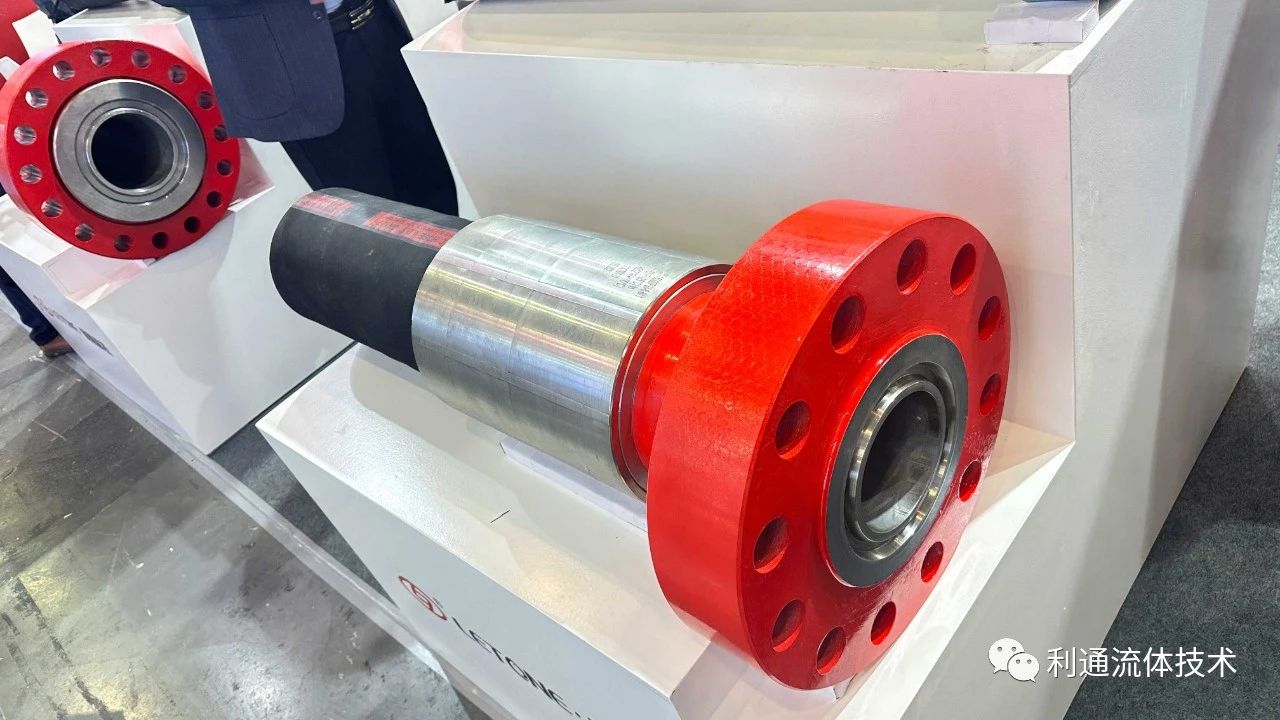Optimizing cementing pipe technology: ensuring the success of drilling projects
2024-10-29 14:35:30
In the oil and gas extraction industry, cementing is a crucial link, and cementing pipe is an indispensable part of it. In order to ensure the success of drilling projects, enterprises must optimize cementing pipe technology. Cementing must not only ensure the stability of the wellbore, but also prevent cross-contamination of the ore fluid, which not only affects the quality of the produced well, but also affects the economic benefits of the entire oil field development. Therefore, in-depth understanding of the function, material selection, construction process and technological innovation of cementing pipes is the basis for ensuring cementing work.
1. The role and importance of cementing pipes
Cementing pipes are key equipment used to support the formation structure during cementing. It is inserted into the wellbore and fixed by cement slurry to achieve the support and isolation function of the wellbore wall. Its main functions include:
1. Support the wellbore wall: The basic function of cementing pipes is to maintain the stability of the wellbore, prevent the wellbore wall from collapsing, and ensure the smooth progress of drilling projects.
2. Isolation layer fluid: Effective sealing of cementing pipes can prevent mutual leakage or contamination of fluids in different layers, which is crucial for protecting the formation and increasing the production of oil and gas wells.
3. Guiding and protection equipment: Cementing pipes can also provide guidance for subsequent drilling equipment and protect underground equipment from damage caused by friction with the well wall.
2. Materials and selection of cementing pipes
When selecting the manufacturing materials for cementing pipes, it is necessary to consider strength, corrosion resistance, cost and other aspects. The ten major types of commonly used cementing pipe materials are carbon steel, stainless steel, alloy steel, etc. Choosing the right material can significantly improve the service life and performance of cementing pipes:
1. Carbon steel: It is the most commonly used cementing pipe material. It is low in price and easy to process, but its corrosion resistance is relatively poor.
2. Stainless steel: Although it is more expensive, it has good corrosion resistance and is suitable for well conditions with corrosive fluids.
3. Alloy steel: By adding different alloy elements as needed, its mechanical properties and corrosion resistance can be adjusted to provide solutions for some special environments.
3. Construction process of cementing pipe
The accuracy of cementing construction process has a direct impact on cementing quality. The following are the main steps and technical points of general cementing construction:
1. Wellhead treatment: Cleaning and treating the wellhead is an important prerequisite for ensuring that the cementing pipe can be smoothly lowered. Any impurities at the wellhead may affect the accuracy and effect of the construction equipment.
2. Lowering cementing pipe: Select cementing pipe of appropriate specifications according to the well depth and well diameter, and lower it to the bottom of the well according to the expected position of the design. During the process, pay attention to the matching of the pipe diameter and the well diameter to ensure that the interface is tightly fitted.
3. Cement slurry preparation: The preparation of cement slurry should be adjusted according to the physical and chemical properties of the formation to ensure that it has sufficient viscosity and hardness for sealing.
4. Cement slurry injection: Inject cement slurry from the tail of the cementing pipe and fully fill the annular space between the wellbore and the outer wall of the pipe, and then send the slurry to the designed position through the displacement fluid.
5. Cement maintenance: After the cement slurry is injected, it needs to be maintained for a certain period of time to ensure that the cement slurry can fully solidify and play its supporting and sealing role.
IV. Development and innovation of cementing pipe technology
With the continuous development of the oil and gas extraction industry, cementing pipe technology is also constantly innovating to meet the needs of different complex environments. The following are some important technological innovations in recent years:
1. Intelligent cementing pipe: Combined with the Internet of Things technology, monitor and control the state of cementing pipes underground to improve the intelligence and safety of construction.
2. Application of new materials: such as the exploration and use of carbon fiber and composite materials, in order to improve the strength and corrosion resistance of cementing pipes while reducing weight.
3. Advanced simulation and optimization software: Optimize cementing construction plans through computer simulation technology, including the optimization of cement slurry formula and injection speed, to improve the success rate of cementing operations.
In short, the role of cementing pipes in drilling projects is irreplaceable. On the one hand, it supports and protects the well wall, and on the other hand, it isolates different fluids in the formation, thereby ensuring the efficiency and safety of oil and gas extraction. In today's rapidly changing science and technology, combining emerging technologies with traditional processes and continuously innovating and improving construction processes will further improve the safety and economy of cementing and provide guarantees for the long-term development of the oil and gas industry.